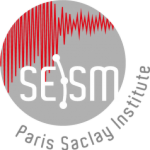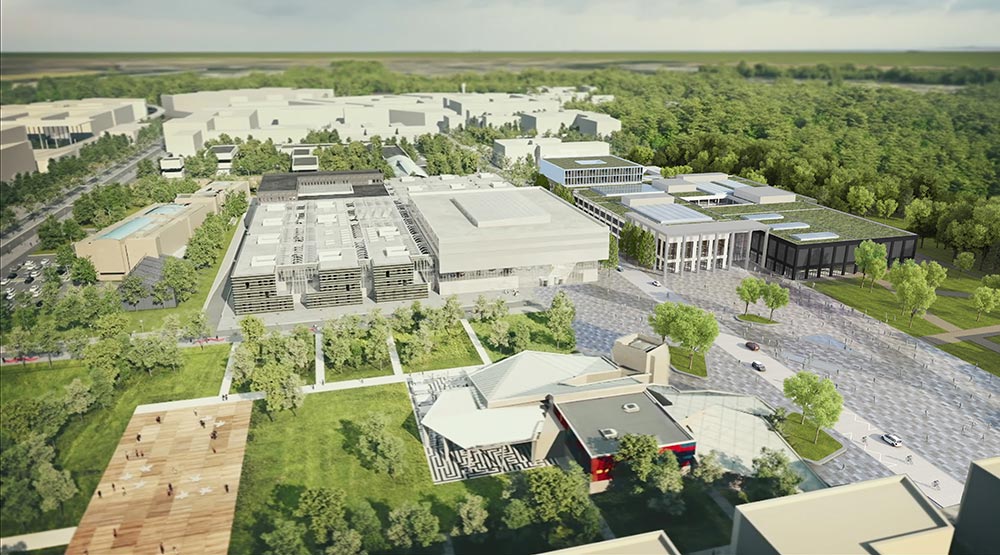Stage de 5-6 mois, à partir de mars-avril 2019
Abstract
Early warning and seismic risk mitigation in Europe must face varied tectonic contexts with limited amount of records of major events (unlikely California or Japan). Hence machine-learning approaches must be conditioned by prior knowledge provided by now-available ab-initio numerical simulations reproducing the main physical phenomena at stake during an earthquake. Provided with physics-based pre- conditioning (accounting for local source-path-site features), learning processes extend to huge amounts of worldwide seismic data. The goal of the proposal is to craft a surrogate model for fast-computing realistic earthquake scenarios at regional scale, to integrate/improve current early warning procedures [1]. The methodology consists in: (1) constructing/calibrating a high-fidelity numerical model of the region of interest, including active faults, geological features, hot-spot areas/structures, based on geographic/geological information systems, seismic databases, site-specific characterizations; (2) training a surrogate model on real or virtual realistic scenarios, using fore-, main-, aftershock sequences and teaching the model to infer the conditional probability of an event to occur, synthesizing the information on the P-wave first arrivals [2] (e.g. estimation of hypocenter and magnitude) and other earthquake footprints extracted from seismic signals; (3) surrogate estimation of the ground shaking scenario, feeding the meta-model with seismic records in continuous real time acquisition, to provide warning before the S- wave arrival (i.e. the strong shaking causing most of the damage) and predicting seismic wave-field in mainly a↵ected areas. The proposed machine-learning approach improves operational earthquake forecast, supported by numerical modeling, providing fast estimation of seismic response in densely populated areas and at critical structures. As side product, di↵erent scenarios are virtually explored improving risk mitigation measures in earthquake-prone areas.
Profil recherché
Etudiant en dernière année d’école d’ingénieur ou master M2 en Génie Civil, Séismologie, ou Mathématiques.
Durée
5 à 6 mois, à partir de mars-avril 2019
Lieu de travail principal
CentraleSupélec
Contact
Fernando Lopez-Caballero: fernando.lopez-caballero@centralesupelec.fr

